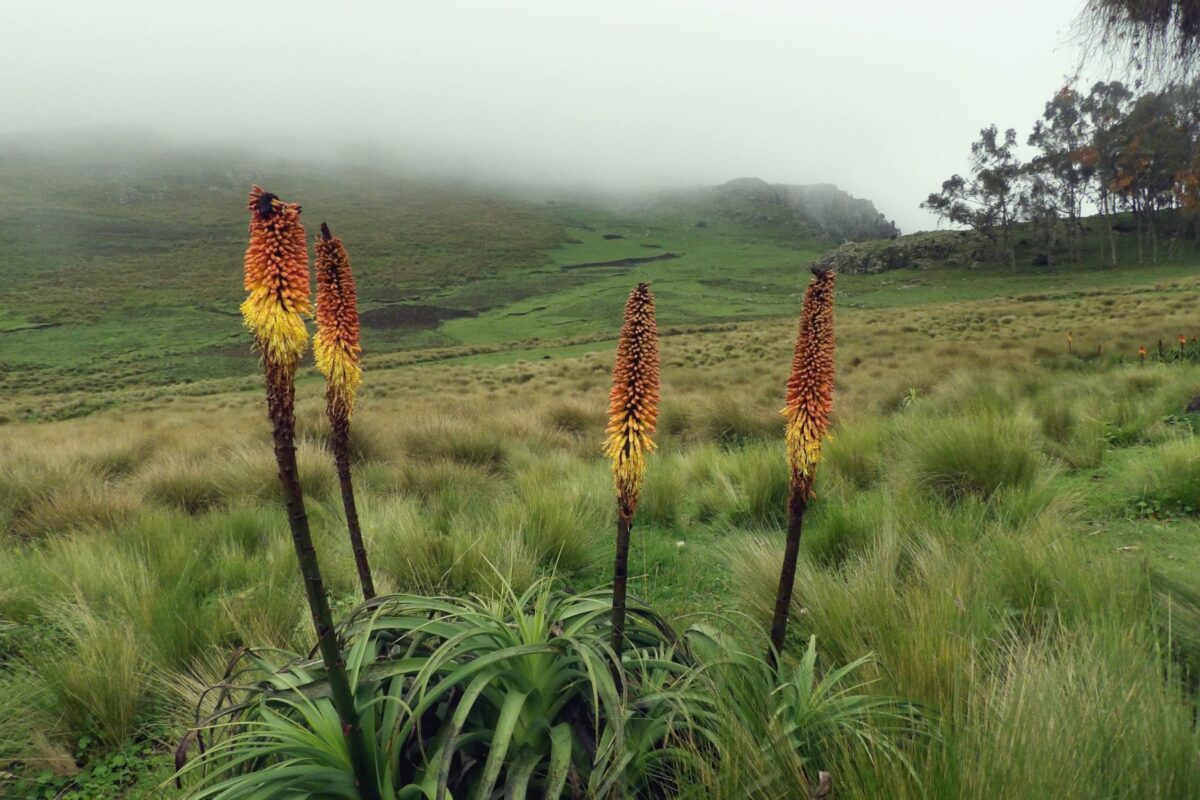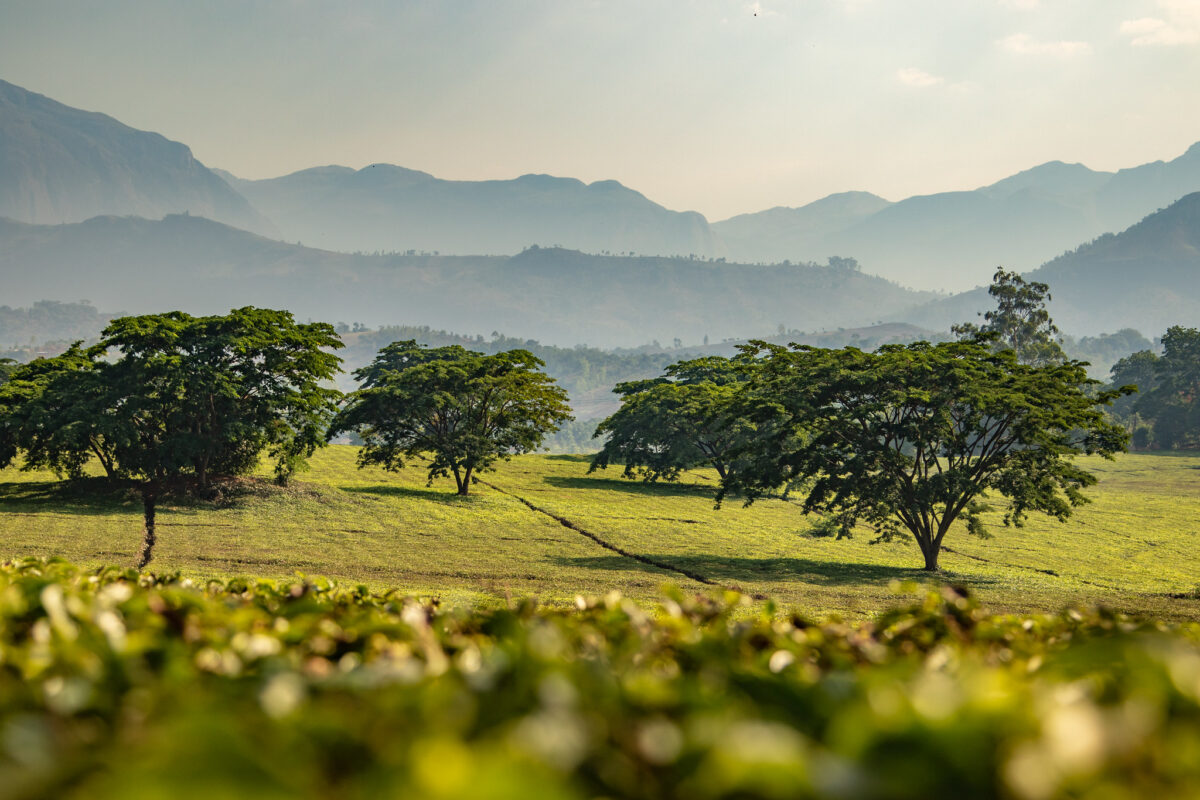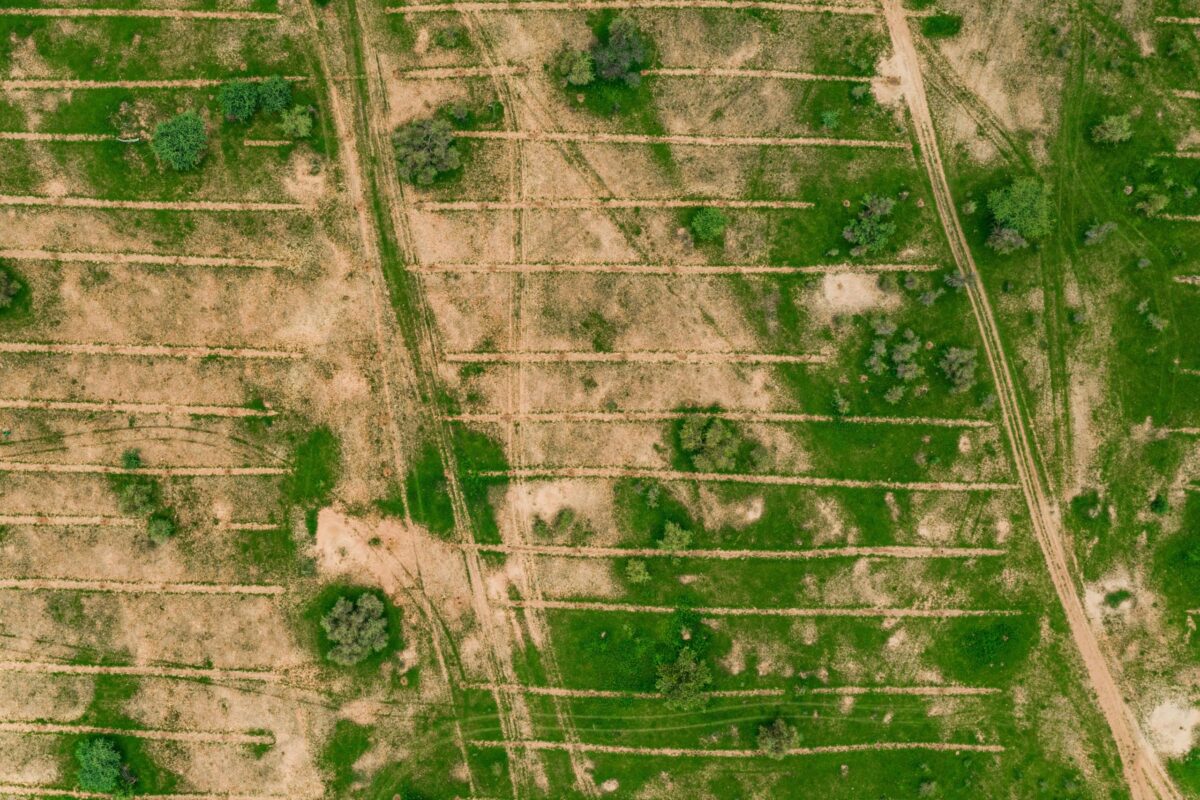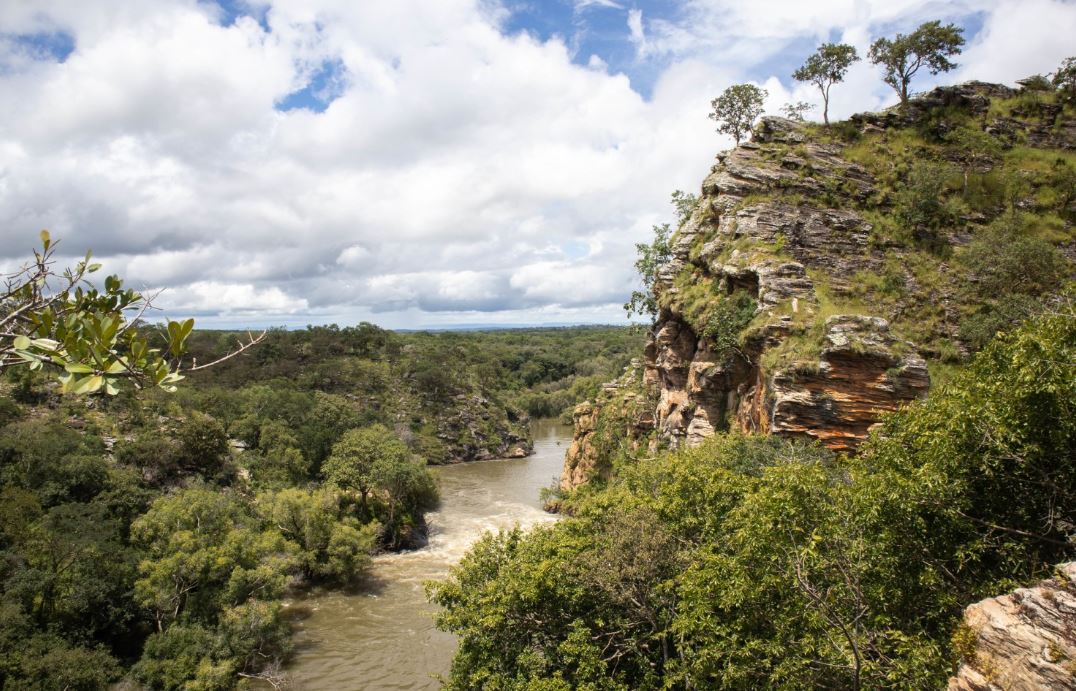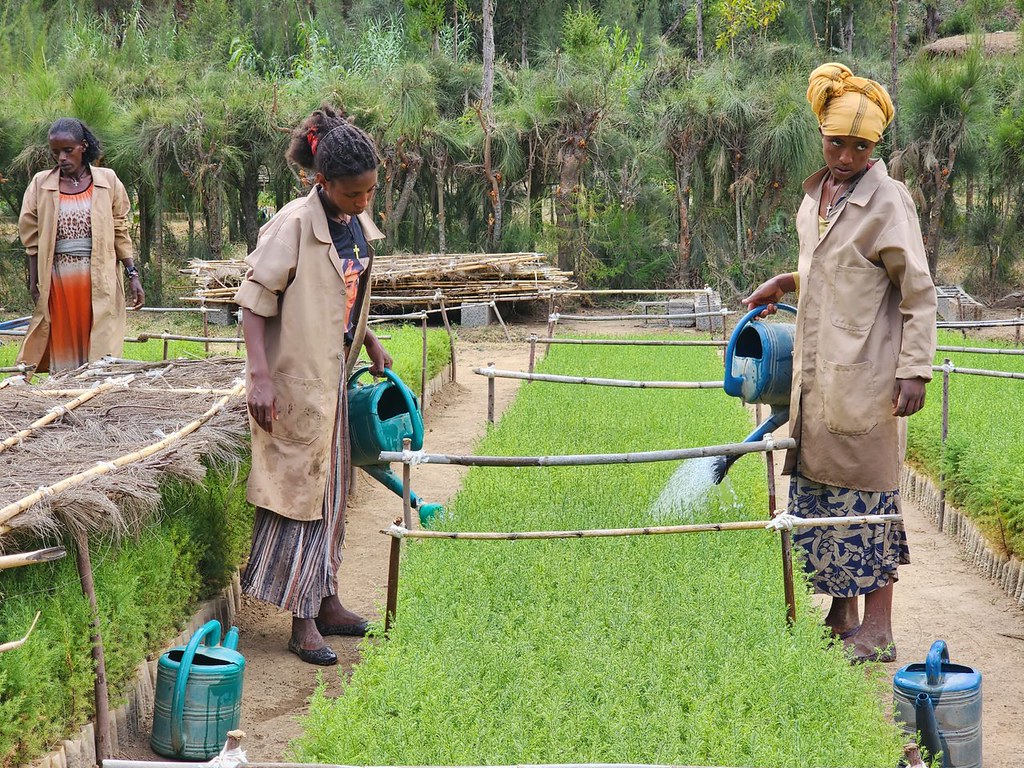In a world brimming with environmental initiatives, it’s easy to get lost in the noise or be swayed by lofty promises. Without the right partner, even the most well-intentioned projects can falter, failing to deliver real environmental or social benefits. This article offers a straightforward guide to choosing a restoration partner – one that ensures your efforts lead to tangible, meaningful change for our planet and its inhabitants.
Transparency: the keystone of trust
The core of any successful environmental project lies in the transparency of its partners. As highlighted by WeForest’s monitoring and evaluation (M&E) practices, a trustworthy partner should openly share their project results, methodologies, and impacts. This includes detailing the progress against predefined goals, adapting strategies based on outcomes, and sharing lessons learned.
To underscore this point, Karen Holl, Professor of Environmental Studies at UC Santa Cruz, articulates a common shortfall in reforestation efforts: “One of the common problems is that organizations will just say, ‘We’re going to put this many trees in the ground,’ but the important question is, ‘What comes afterward?’,” Holl says. “There are many documented failures from tree-planting campaigns, so we would hope to see organizations improving their practices and taking on more accountability, including through publicly reporting data.”
This perspective echoes the importance of transparency in environmental restoration. Embracing transparency not only builds trust, but also reinforces a commitment to genuine environmental impact. Planting trees is just the start; their long-term survival and growth hinge on practices that are clear and accountable.
Beyond tree planting: the broader impact
Tree planting is a popular environmental action, but it’s vital to look beyond planting. A responsible restoration partner understands the importance of growing trees and nurturing forests, considering factors such as biodiversity, carbon sequestration, and community benefits. As Mongabay emphasizes, nearly half of the tree-planting initiatives reviewed failed to disclose essential details such as the number of trees to be planted or the project’s scope, much less address fundamental objectives related to crucial management and community goals. Effective reforestation, detailed in Mongabay’s research, involves a deep understanding of ecological and socio-economic goals, ensuring that the projects are not just about planting trees but also about creating sustainable, thriving ecosystems.
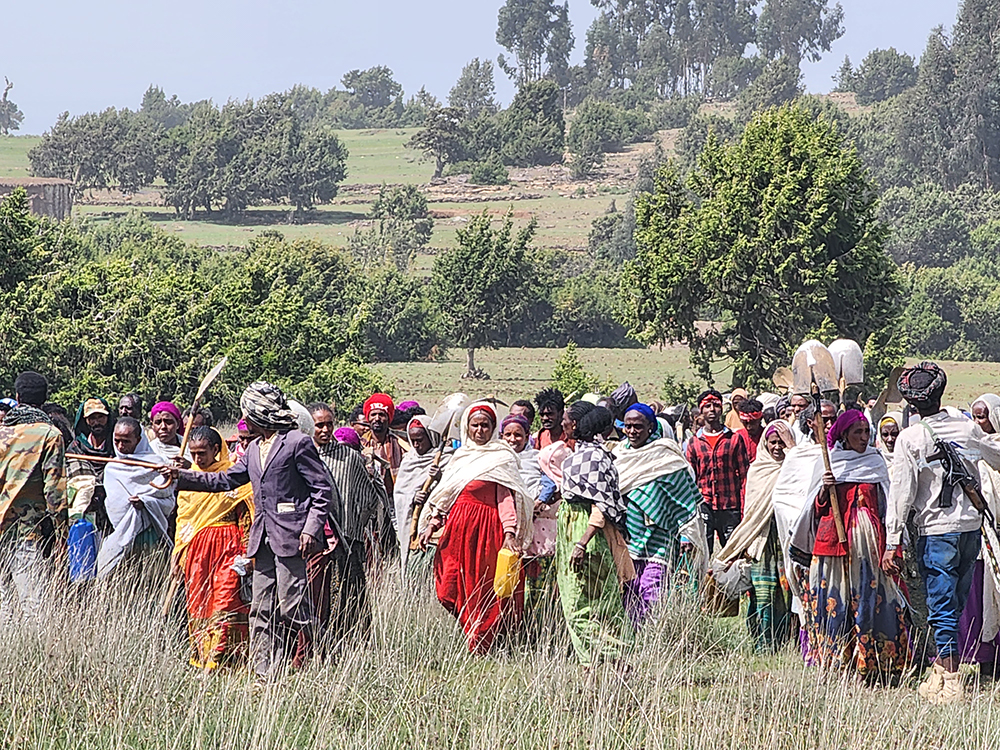
Community involvement: people at the heart of restoration
WeForest’s approach to community involvement in restoration projects is a true example of grassroots action making a big difference. Our strategy is all about making sure everyone in the community gets a say and benefits from the project. Activities are tailored for different individuals in the community – like beekeeping for young people who don’t own land, or supporting women-led households to take up livestock production.
Our philosophy is simple: work together with everyone involved – local farmers, government bodies, scientists, businesses, and land managers – to come up with plans that benefit both the environment and the community. We’re not just planting trees; we’re helping people build a better life and a better planet, hand in hand.
WeForest is all about doing restoration the right way – by listening to the people who live there, respecting their knowledge, and making sure the benefits are shared by all. The success of a restoration project often hinges on its impact on people – from providing employment to respecting and incorporating indigenous knowledge and practices.
Measuring success: robust monitoring and evaluation
Effective monitoring and evaluation (M&E) practices are crucial for any restoration partner, and WeForest demonstrates this with a comprehensive approach. Their M&E system carefully tracks various project aspects, such as the health and growth rates of trees, changes in biodiversity, and the socio-economic impacts on local communities. This process involves comparing ongoing project data with predefined goals, enabling timely adjustments and ensuring that each initiative aligns with its intended objectives.
Furthermore, WeForest enhances its M&E practices by incorporating third-party verifications from organizations like Preferred by Nature for Ecosystem Restoration, and carbon stock certifications through the Verified Carbon Standard and Climate, Community, and Biodiversity Standards. This commitment to external validation and a broad scope of monitoring underscores the importance of a holistic and accountable approach to restoration projects. When selecting a restoration partner, seeking one with such systematic and multi-dimensional M&E practices is key to ensuring a meaningful and sustainable environmental impact.
Alignment with company values: a harmonious partnership
Choosing a restoration partner who aligns with your company’s values and environmental agenda is essential. This ensures a cohesive approach to environmental restoration, where both parties, as highlighted by Mongabay, “….have multiple goals in both the ecological and social categories”. This perspective emphasizes the need for a partner who appreciates the broader implications of reforestation, including community upliftment and biodiversity conservation.
Therefore, when selecting a partner, consider how their objectives complement your organization’s ethos, ensuring a partnership that extends beyond tree planting to further a sustainable and inclusive environmental impact. To achieve this, start with asking the right questions:
- What is the partner’s approach to transparency and reporting?
- How do they measure and report on the broader environmental and social impacts of their projects?
- What is their level of community involvement and benefit?
- What are their M&E practices, and how do they ensure continuous improvement?
- How do their values and goals align with your company’s green agenda?
The path forward
Choosing a restoration partner is a significant step towards bringing to life your environmental aspirations. It requires diligence, foresight, and a deep understanding of what true restoration entails. By focusing on transparency, broad impact, community involvement, robust M&E, and alignment with your values, you can ensure that your partnership contributes positively to the future of our planet.
In the journey towards a greener future, the right partner can make all the difference.


